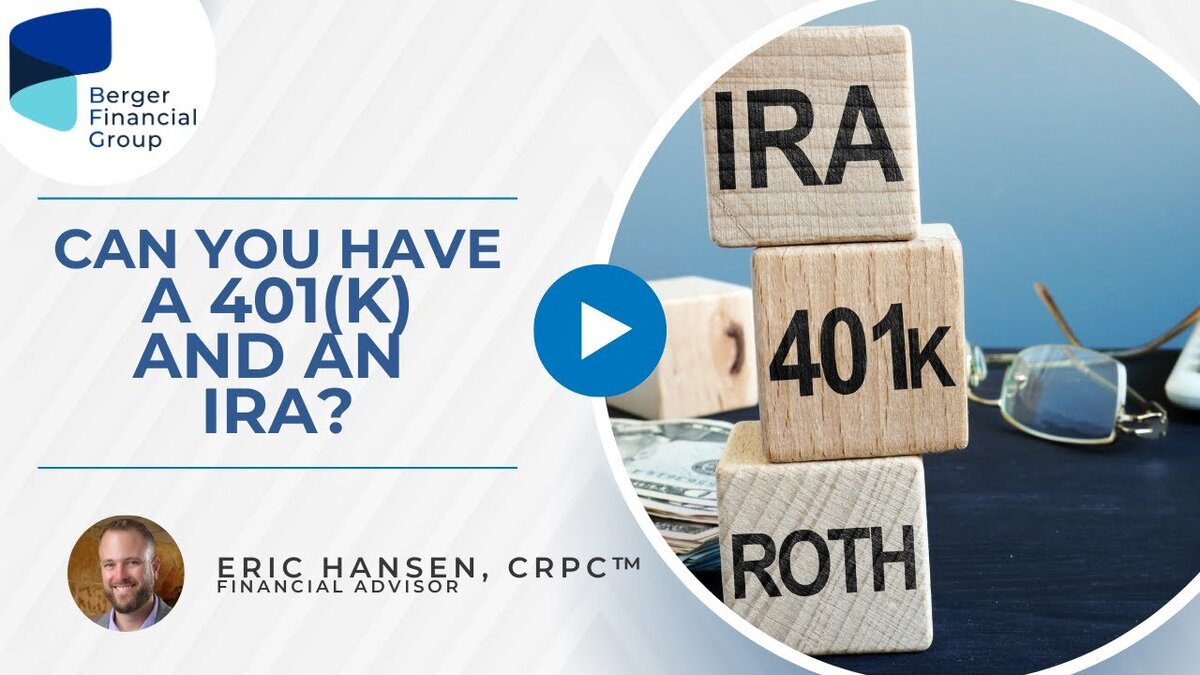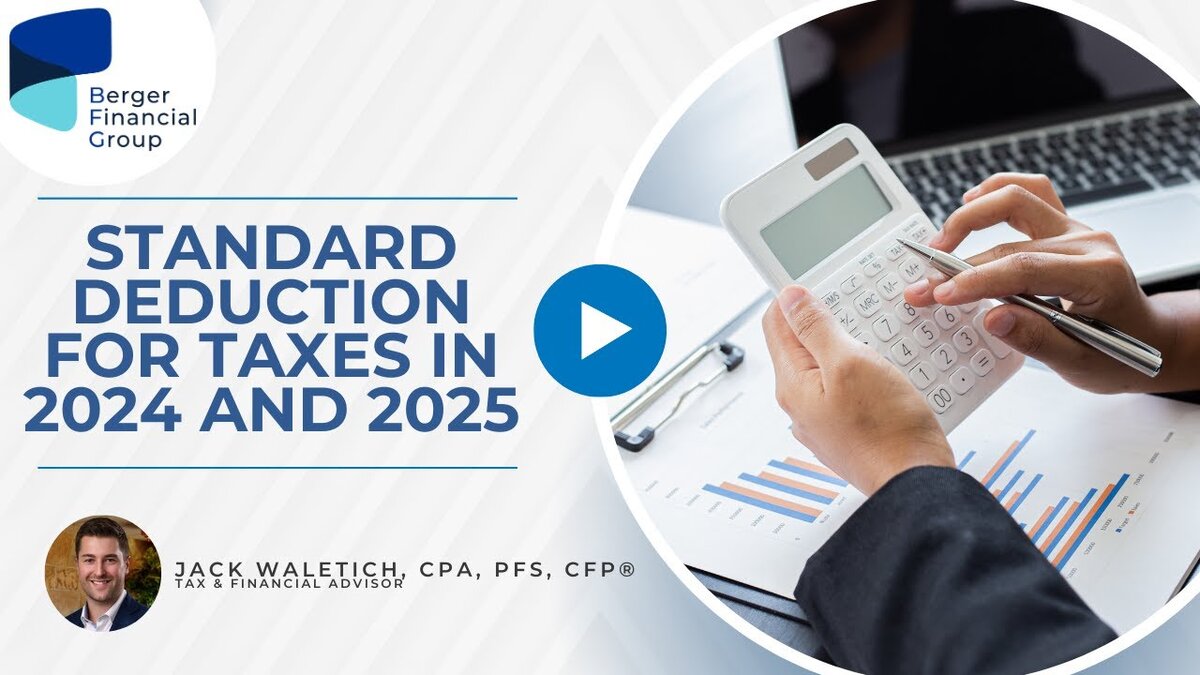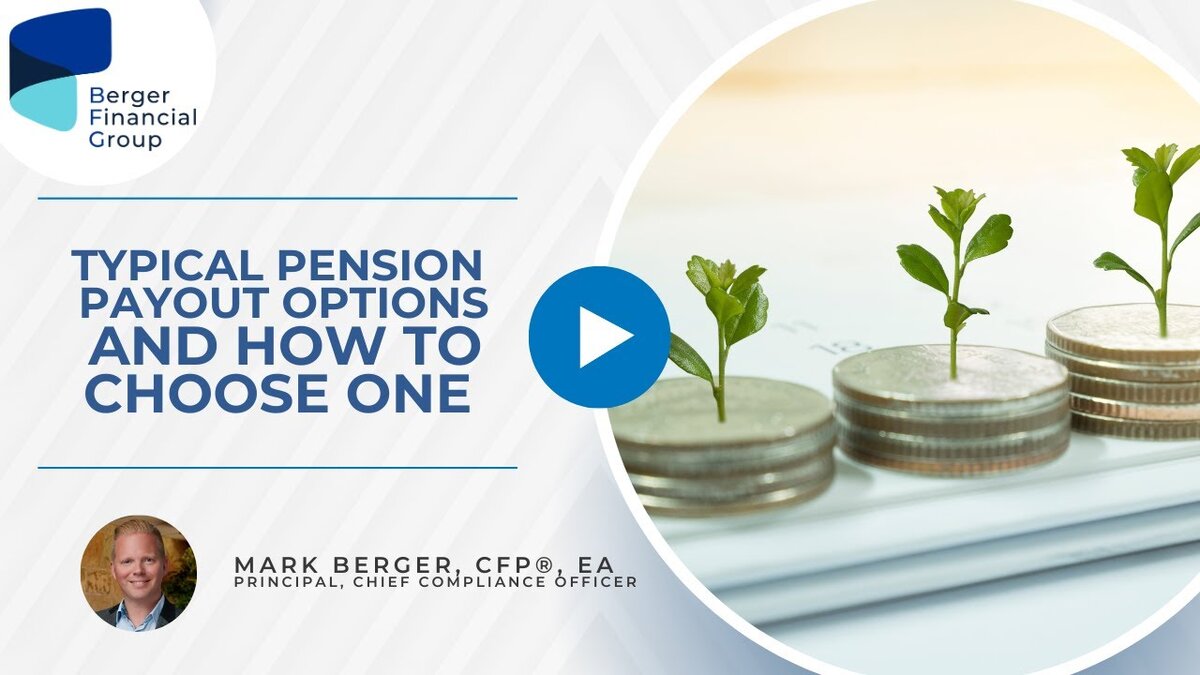How long will it take for your investments to double? This isn’t just a question for economists or financial analysts—it’s something that affects anyone planning for the future, especially for retirement. The answer lies in a surprisingly straightforward formula called the Rule of 70. Whether you’re thinking about the growth of your savings, a country’s economic expansion, or even global population trends, this rule provides a practical way to set expectations and make informed decisions.
In this article, we’ll break down the Rule of 70, how to calculate it, why it matters, and how it applies to your financial goals.
What Is the Rule of 70?
The Rule of 70 is a quick, mathematical way to estimate how long it will take for something to double in size, given a consistent growth rate. This rule is widely used in finance, economics, and demography.
Why the Rule of 70 Matters
Understanding Growth in Real Terms
The Rule of 70 is particularly useful for evaluating the long-term impact of compound growth. For example, the average return of the S&P 500 over the last 50 years is approximately 7.8%. Using the Rule of 70, this suggests that your money would double about every nine years.
But this simple calculation also brings up an important point: growth is rarely linear. Over the same 50-year period, the market experienced four significant corrections, including a 34% drop in 2020. The Rule of 70 helps you focus on the bigger picture, emphasizing the importance of staying invested for the long term.
How to Calculate the Rule of 70
To calculate how long it will take for an investment, economy, or population to double using the Rule of 70:
- Determine the growth rate: Identify the annual percentage rate of growth.
- Divide 70 by the growth rate: Use the formula to get an estimated doubling time.
Example Calculation: If your expected annual return is 7%, divide 70 by 7. The result is 10 years. If your portfolio grows at a slower rate, such as 5%, it will take 14 years to double (70 ÷ 5 = 14).
Applications in Personal Finance
Investing for Retirement
The Rule of 70 is invaluable for retirement planning. It helps you estimate how much your investments can grow over time and sets realistic expectations. For instance, a younger investor with a longer time horizon might allocate more to stocks, which are riskier but offer higher potential returns. This could mean their money doubles faster.
On the other hand, retirees often prioritize preserving capital, investing in less volatile assets like bonds. With lower returns, their doubling timeline extends.
Balancing Risk and Reward
Growth rates depend heavily on the risk level of your investments. Stocks typically offer higher returns but come with market volatility. For example, someone earning an average annual return of 10% could see their investments double in just seven years (70 ÷ 10 = 7). Conversely, a conservative investor with a 4% return might wait 17.5 years for their portfolio to double.
Real-World Examples
Economic Growth
Economists use the Rule of 70 to estimate how long it takes for a country’s GDP to double. For instance, if a nation’s economy grows at 3% annually, its GDP would double in roughly 23 years (70 ÷ 3 = 23).
Population Studies
The rule also applies to population growth. If the global population grows at a rate of 1%, it will double in about 70 years. This tool can provide valuable insights into future resource needs and planning.
Why Long-Term Thinking Is Essential
While the Rule of 70 offers a quick calculation, it’s only as accurate as the assumptions you make. Real growth rates fluctuate due to market corrections, economic conditions, and individual circumstances. Over the past nine years, for example, the stock market faced notable downturns, including a dramatic 34% correction during the COVID-19 pandemic.
For investors, the key takeaway is to maintain a long-term mindset. Allow your money to compound over time, and don’t let short-term fluctuations derail your plans.
Conclusion

The Rule of 70 is a simple yet powerful formula that provides a clear framework for understanding growth over time. Whether you’re planning your retirement, managing investments, or analyzing broader economic trends, this rule helps set realistic expectations and guides smarter decision-making.
By evaluating your current stage of life, financial goals, and risk tolerance, you can use the Rule of 70 to create a strategy that aligns with your needs. And remember, while the math is simple, the real value lies in your ability to stay disciplined and focused on the bigger picture. If you’re ready to take the next step in securing your financial future, contact Berger Financial Group today.






